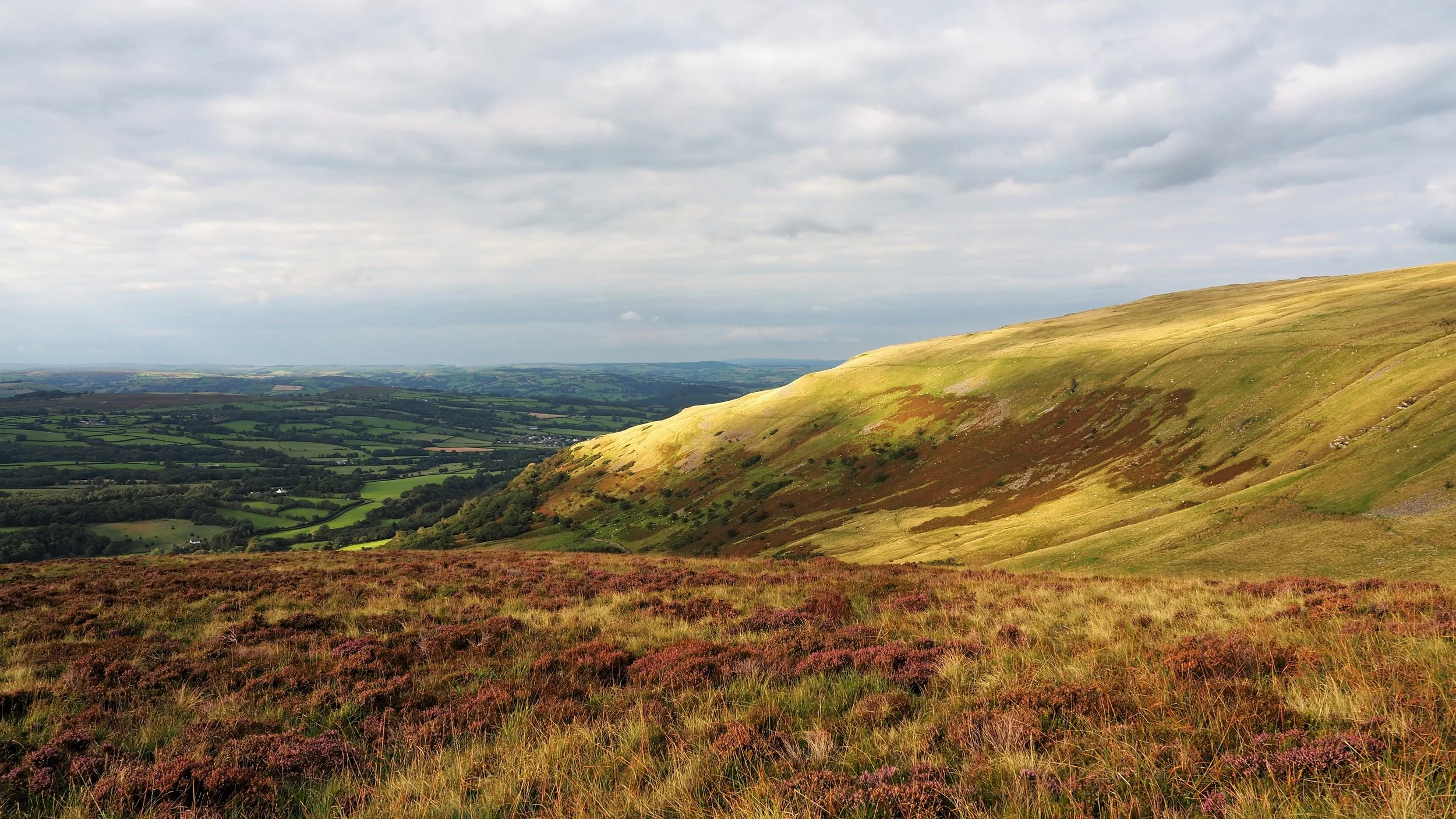
Explore the twilight of Roman Britain, when history blended
with myth and legend.
A Province in
Decline
By the late 4th century, Roman Britain was showing clear signs of decline. Once a prosperous province, its major towns and villas—such as Caerleon (Isca Augusta) and Caerwent (Venta Silurum)—were now shadow versions of their former selves. Both towns erected substantial defensive walls in the mid to late 4th century in response to growing threats, including Irish raiders and reduced military presence.
From the 380s onward, the empire began withdrawing troops to respond to crises on the Continent. In 383, troops left under Magnus Maximus, followed by further withdrawals in the 390s under Stilicho—effectively ending Roman military protection in much of Wales and western Britain by around AD 390 . Urban trade slowed, public works stalled, and Roman administration weakened. For the rural population, high taxes, dwindling protection, and economic uncertainty became the new normal.
The Edge of
Empire
South Wales was always on the periphery of Roman power. The Silures, a resilient tribal group first subdued in the 1st century, never became fully Romanized. Even in towns like Caerwent and Caerleon—both established as administrative centers and connected by Roman roads—the local population largely continued their traditional lifestyle, punctuated by occasional Roman-style villas and mining operations.
Archaeological finds, like the 4th‑century temple foundations at Caerwent, show limited urbanization; many houses lacked luxurious features. After Rome pulled back, local elites or migrant Irish groups gradually asserted control.
The Rise of
New Powers
In the generations after Roman power faded, tribal identities and new kingdoms re‑emerged. Irish raiders both raided and settled along the western Welsh coast—especially in Dyfed and mid‑Wales—often through marriage alliances or under pressure from Celtic elites.
Among the most notable legendary figures is Brychan ap Anlach, a 5th‑century king reputed to have Irish ancestry and to have established the kingdom of Brycheiniog, centered on the Talgarth region (formerly Garthmadrun). Brychan is celebrated as the father of many daughters who became famous saintly figures in Wales and Cornwall.
While the precise dates are debated, tradition places his life in the mid‑5th century, soon after the period in which our story takes place.
The Brink of
a New Era
The year AD 396, when Tillers of the Soil is set, sits at a moment of transition. Roman Britain was edging toward collapse. Within a few decades, by 409–410 , Britannia ceased to appear in official Roman records, and the province began to fracture into local rule.. Cities shrank, villa estates were abandoned, and many Roman buildings decayed.
Yet life continued. Rural communities clung to ancestral land, faith (especially Christianity, which had become widespread by the end of the 4th century), and tribal traditions. In the secluded valleys of what is now Breconshire, small settlements, standing stones like Maen Llia, and ruined Roman forts such as Y Gaer remained focal points of memory and community—even as authority shifted from empire to local lordships.
Where Fiction
Meets Fact & Myth
Tillers of the Soil brings together threads of this turbulent era: a weakening empire, everyday struggle, resurging tribal identities, and the birth of new kingdoms. Locations featured in the novel—Caerwent, Caerleon, Breconshire, Maen Llia—each bear echoes of these transformations. Figures like St. Patrick (possibly born in Banwen near Swansea) and King Brychan, though part history, part legend, enrich the narrative tapestry with a sense of real continuity and mythic resonance.
While the novel may compress events for dramatic effect, it captures the essence of a society perched at the end of one world and the uncertain beginning of another.
